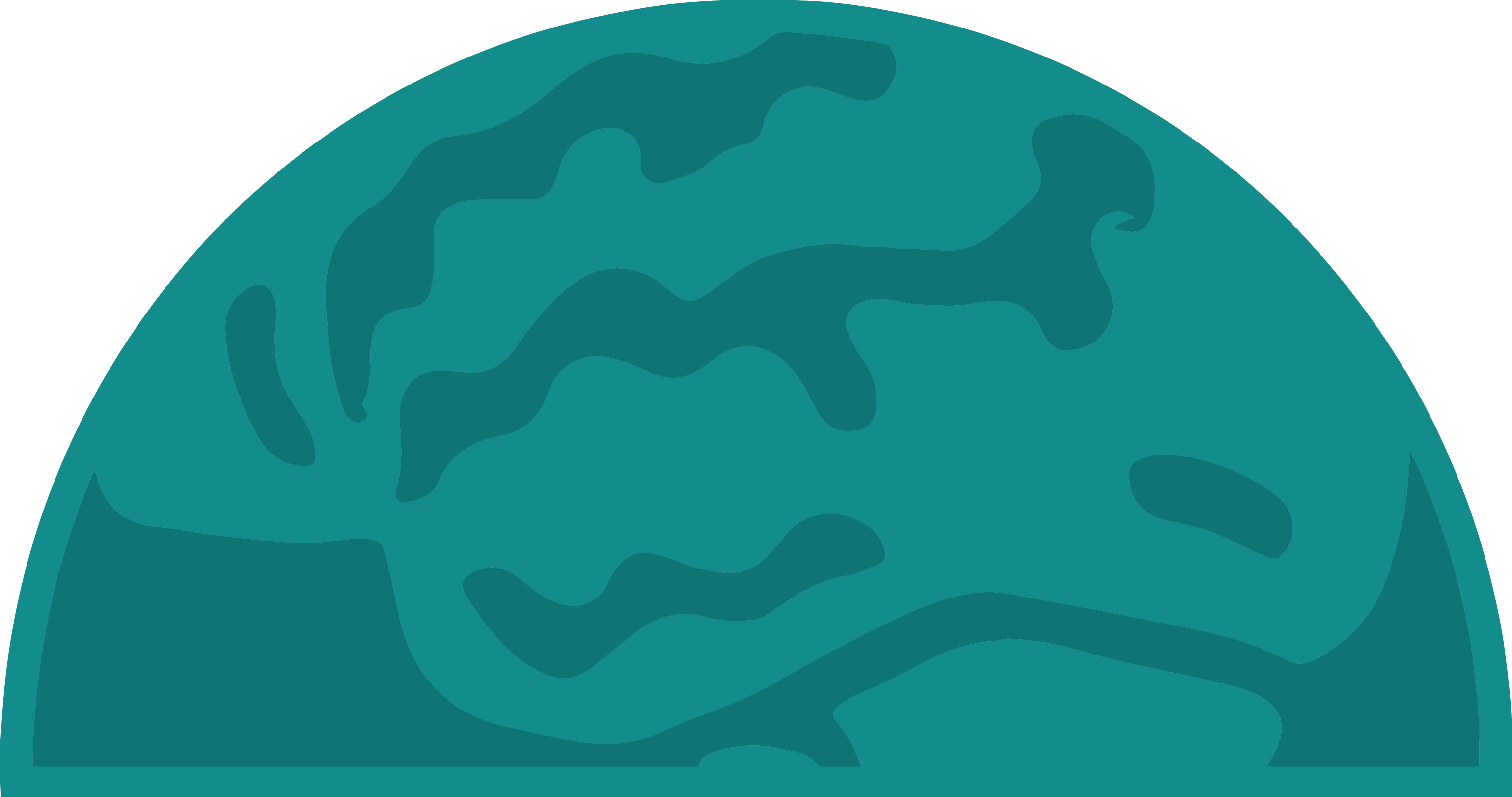
| Approach | Description | Pluses | Minuses |
|---|---|---|---|
| Physical Copies |
Physical copies allow for easy retrieval of printed documents enabling information to be accessed by anyone who knows how documents are organized. |
|
|
| Emails |
Emails help to exchange digital messages, data and documents from an author to one or more recipients, while automatically generating submission date/time stamps. |
|
|
| Spreadsheets |
Spreadsheets help to structure data in a tabular format allowing for sorting, filtering, and reporting on individual rows of data. |
|
|
| Shared File Drives |
Shared file drives allow computer resources to be remotely accessed from another computer – typically via a local area network, virtual private network or an enterprise intranet – transparently, as if it were a resource in the local machine. |
|
|
| Shared Online Documents |
Shared documents allow two or more people to use the internet or a piece of software to access a document at the same time allowing live, collaborative editing and peer to peer review. |
|
|
| Cloud Hosting |
Cloud Hosting helps you to create folders (containing resources), which can be shared with large groups over the internet enabling sharing of data-processing tasks, centralized data storage and access to services from any computer. |
|
|
| Proprietary Document Management Systems |
Document Management Systems (DMS) enable the tracking and storage of documents. These systems are usually capable of keeping track of the different versions modified by different users (history tracking). |
|
|
| Custom Software |
Custom software is developed to meet an organizations specific requirements and can therefore fit the preferences and expectations of an organization. |
|
|